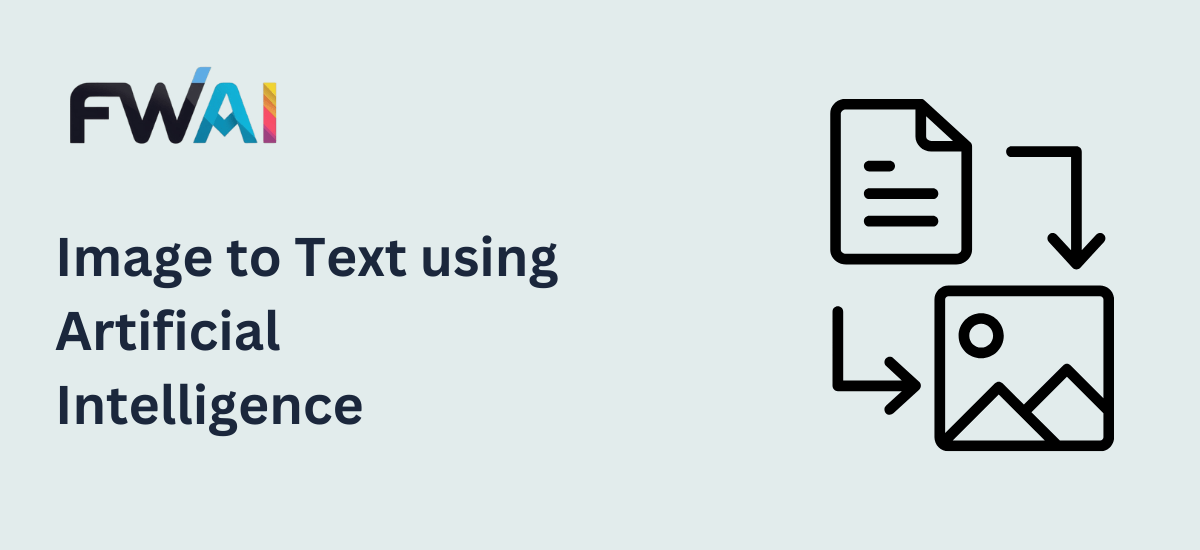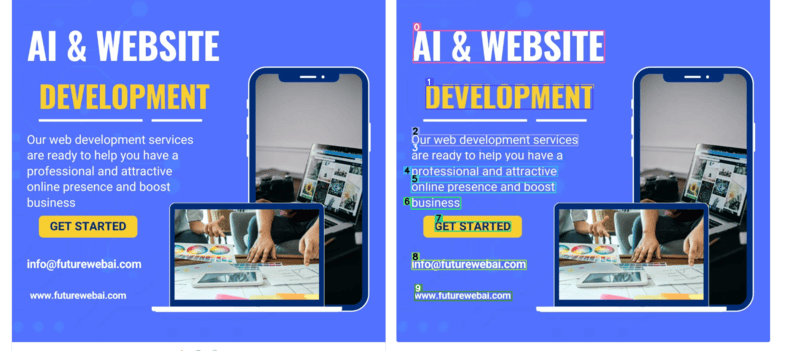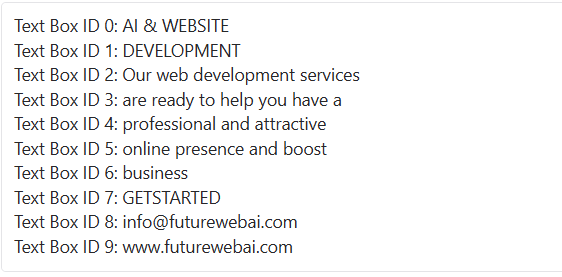
The ability to extract text from images using AI has revolutionized industries, improving accessibility, efficiency, and data utilization. This technology, often referred to as Optical Character Recognition (OCR), has evolved significantly, leveraging advancements in deep learning and computer vision to deliver accurate and context-aware results. In this article, we explore the mechanics behind image-to-text conversion, the algorithms driving this technology, market applications, challenges, and emerging trends shaping its future.
What is Image-to-Text Conversion?
Image-to-text conversion involves extracting textual information from visual inputs such as scanned documents, photographs, and screenshots. It transforms unstructured data into machine-readable formats, making it useful for a range of applications, from accessibility tools to automated workflows.
Core Algorithms and Technologies
1. Optical Character Recognition (OCR)
Traditional OCR systems rely on:
Pattern Matching: Identifying text by comparing image patterns to predefined templates.
Feature Extraction: Detecting lines, edges, and shapes to reconstruct characters.
2. Deep Learning-Based OCR
Modern approaches integrate deep learning for higher accuracy:
Convolutional Neural Networks (CNNs): Used for feature extraction, enabling the identification of complex text patterns.
Recurrent Neural Networks (RNNs): Employed for sequence prediction, ideal for reconstructing words and sentences.
Attention Mechanisms: Enhancing focus on critical regions within an image, improving recognition in cluttered or noisy inputs.
3. Natural Language Processing (NLP)
Once text is extracted, NLP techniques refine outputs by correcting errors, identifying context, and formatting results.
4. Generative Adversarial Networks (GANs)
GANs are being used for enhancing low-quality images before applying OCR, boosting recognition rates in challenging scenarios.
Applications Across Industries
1. Accessibility and Assistive Technology
Screen readers for visually impaired users.
Real-time text conversion in augmented reality devices.
2. Healthcare
Digitizing handwritten medical records for easier storage and retrieval.
Extracting data from diagnostic images.
3. Finance
Automating invoice and receipt processing.
Enhancing fraud detection through document verification.
4. Legal and Compliance
Digitizing legal contracts and agreements.
Ensuring compliance by scanning regulatory documents for specific terms.
5. Retail and E-commerce
Extracting product details from images for catalog generation.
Analyzing customer feedback in visual formats.
Challenges in Image-to-Text Conversion
1. Variability in Image Quality
Low resolution, blurriness, and lighting inconsistencies can degrade recognition accuracy.
2. Multilingual and Handwritten Text
Handling diverse scripts, languages, and cursive handwriting requires advanced training and datasets.
3. Complex Layouts
Documents with tables, graphs, or mixed media pose challenges for accurate extraction.
4. Security and Privacy
Processing sensitive data from images necessitates robust encryption and compliance with regulations like GDPR.
Sample Use Case :
The shipping and logistics domain receives numerous documents that need to be processed and then integrated into other systems, such as ERP or CRM, for future use. Typically, these documents arrive as images, requiring significant manual effort before they can be uploaded to the organization’s system.
To streamline this process, we implemented cutting-edge AI technologies to convert images to text, allowing direct input into the system. This approach reduces processing time from hours to minutes while maintaining accuracy.
Here is a sample input to the system shown in below image at left and the AI detected bounding box at the right :

Here is the text detected by the AI system :

We can see it is properly identifying all the texts and can be very helpful in speeding up the process and then can be sent the ERP or can be used by other applications.
Future Trends in Image-to-Text Technology
1. Improved Multilingual Support
Advanced models to support rare and complex scripts.
Real-time translation integrated with image-to-text capabilities.
2. Edge Computing
On-device OCR processing for improved speed and security.
Reduced reliance on cloud services for sensitive data.
3. Integration with Augmented Reality (AR)
Real-time text overlay for interactive learning and navigation.
4. AI for Document Understanding
Enhanced models that understand document structure and semantics.
Automated summarization of extracted text.
5. Ethical and Privacy Considerations
Transparent AI models that prioritize data security.
Development of standards for ethical use of image-to-text technologies.
Conclusion
AI-powered image-to-text conversion continues to redefine how we interact with visual data. By addressing existing challenges and leveraging emerging trends, this technology promises to unlock new possibilities in accessibility, automation, and data analysis. As innovations like multilingual support, AR integration, and on-device processing gain momentum, the future of image-to-text conversion holds immense potential to transform industries and improve lives globally.
Connect with us to get latest information of applying algorithms using state of the art technologies.